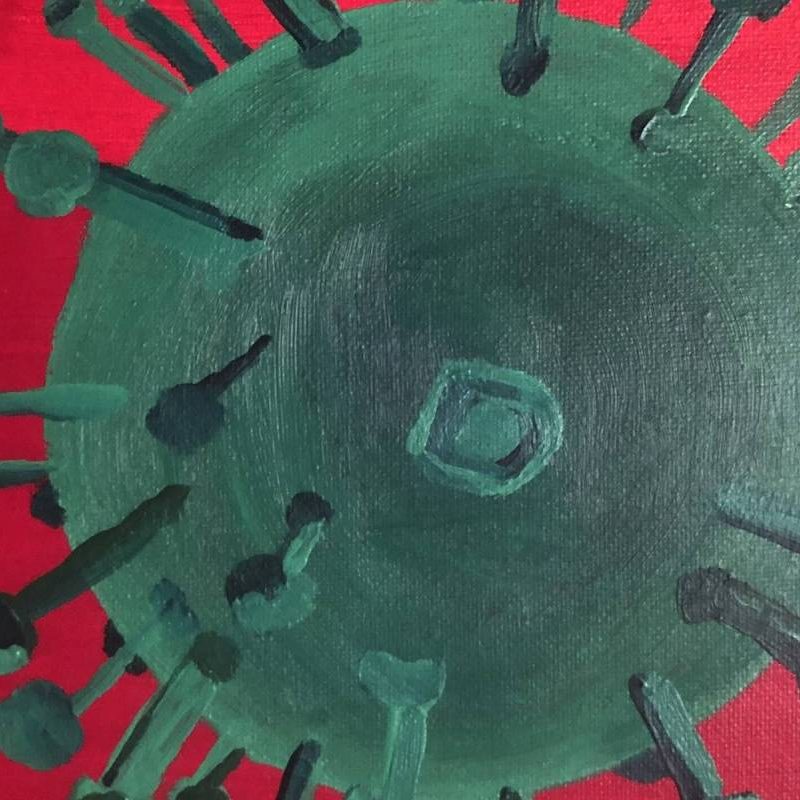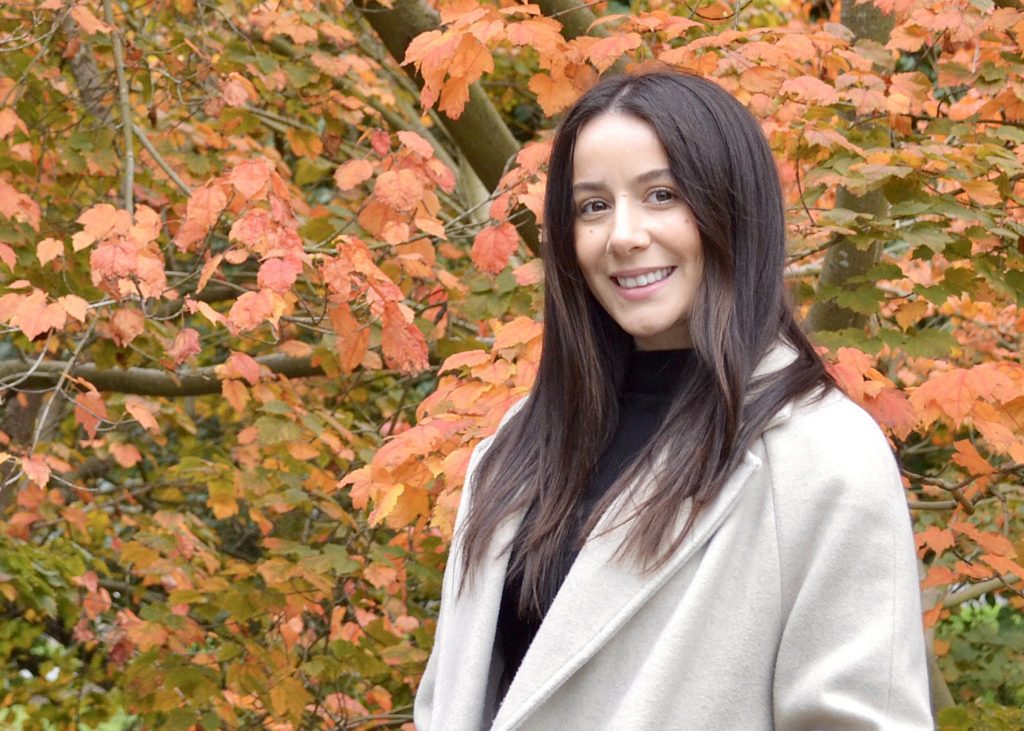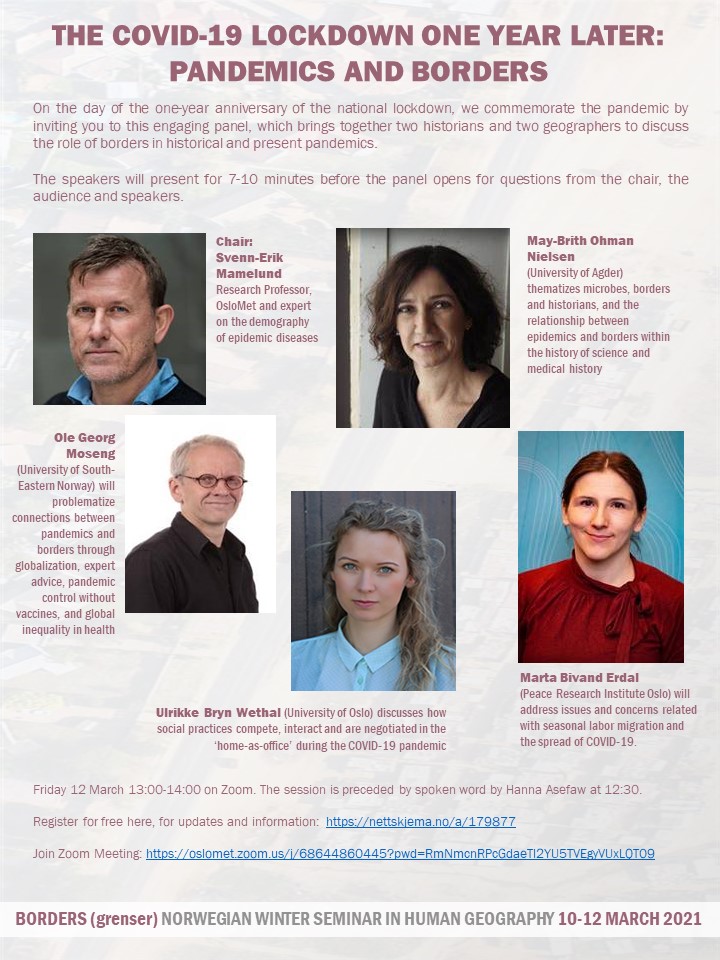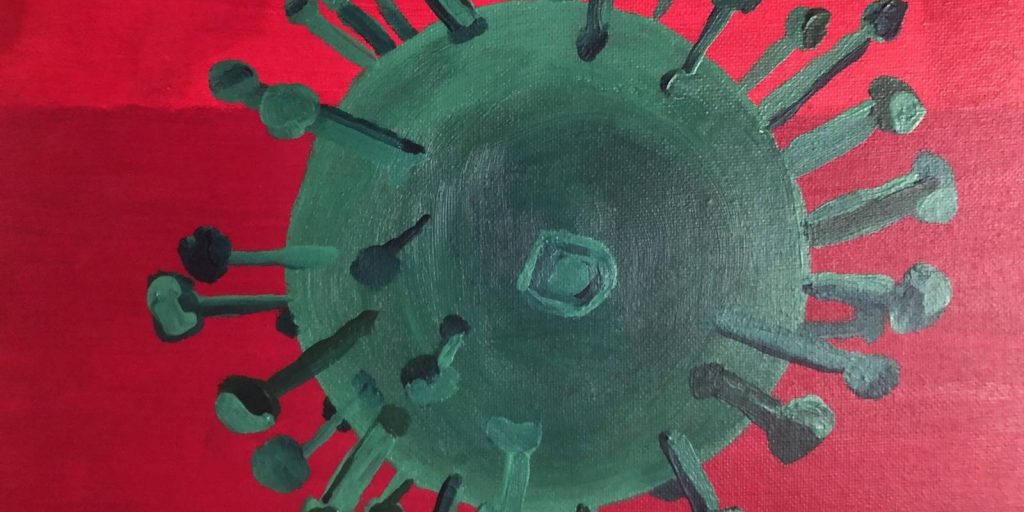Social inequalities in NPI adoption during COVID-19
The second of nine PANSOC webinars this spring will convene on 11th March: Jessica Dimka, S-E Mamelund and Nan Zou Bakkeli, all at Oslo Metropolitan University, will present on “The role of SES in adopting non-pharmaceutical interventions during the first wave of COVID-19 in Norway
Please send e-mail to masv@oslomet.no to get the ZOOM-link for the webinar
Blurb: In the absence of antiviral medications and vaccines to fight the emerging COVID-19 pandemic, in 2020 governments had to respond by relying on non-pharmaceutical interventions (NPIs) to control the disease burden. Socioeconomic inequalities likely influenced the ability or willingness of individuals to adopt these measures in both private and work contexts. Using survey data from a representative sample of the Norwegian working population, we study to what extent socioeconomic status as measured by income was a significant predictor of more handwashing, keeping 1m distance from others, using protective equipment such as masks, more use of home office, and less use of public transportation in a private and work context during the spread of the COVID-19 pandemic in the winter and spring of 2020. With the exception of using protective equipment and using less public transportation in a private context, all analyzed NPIs showed a clear and independent positive association with income controlling for age, sex, region and education. Social disparities in adopting central public health measures suggested by governments may be important drivers for higher risks of infection, hospitalization and mortality for people of lower socioeconomic status, as documented in Norway and several countries during the COVID-19 pandemic.





